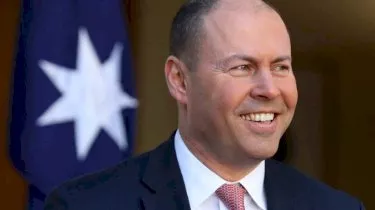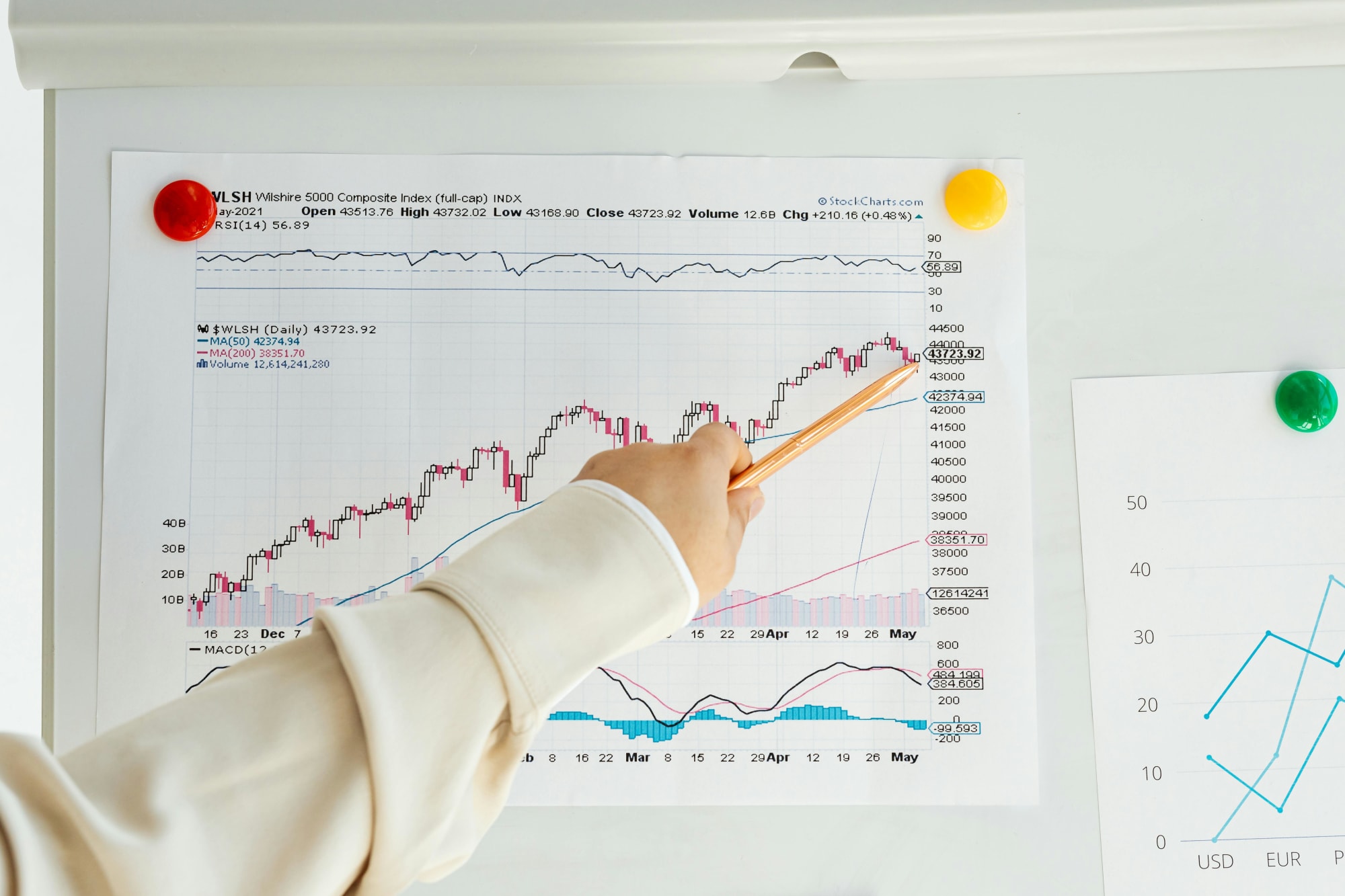Invest
Australia in the midst of ‘great reshuffle’ not ‘great resignation’, Treasurer says
Invest
Australia in the midst of ‘great reshuffle’ not ‘great resignation’, Treasurer says
More than 1 million workers started new jobs in the three months to November last year, according to Treasury analysis.
Australia in the midst of ‘great reshuffle’ not ‘great resignation’, Treasurer says
More than 1 million workers started new jobs in the three months to November last year, according to Treasury analysis.

Treasurer Josh Frydenberg has termed the changes taking place in Australia’s labour market as the “great reshuffle” rather than the “great resignation” that has been seen in the United States and other countries.
In a speech to the Australian Industry Group on Monday (7 February), the Treasurer revealed that the rate at which Aussies are taking up new jobs is 10 per cent above the pre-pandemic average, adding that over 1 million workers had started a new job in the three months to November 2021.
“There remain 2.9 million fewer Americans employed than before the pandemic, with the participation rate in the United States, United Kingdom, Canada, Japan and Italy all currently below their pre-pandemic levels,” said Mr Frydenberg.
“But here in Australia, the opposite is true. The participation rate is close to its record high. More people want to work and now have the opportunity to do so.”

After falling sharply during the pandemic, job switching was now occurring at higher rates across all industries, according to Mr Frydenberg.
In addition to more jobs being available to Aussies, the Treasurer said that a strong labour market was necessary for higher productivity and wages.
Analysis of Single Touch Payroll data by Treasury found that workers who move jobs typically experience a pay rise of between 8 and 10 per cent.
“When workers are in high demand, businesses are more likely to invest in capital, making workers more productive and businesses more efficient,” he said.
“It also leads to better job matching, moving higher-skilled workers into higher-skilled jobs. All of this helps to lift productivity.”
Mr Frydenberg said that the unemployment rate was on the path to reaching its lowest level in 50 years after dropping to a 13-year low of 4.2 per cent in the latest data from the ABS.
He noted that young Aussies, in particular, were benefiting from the number of new jobs.
“Youth unemployment is now below 10 per cent for the first time in more than a decade,” the Treasurer said.
“A stark contrast to the grim situation that faced young Australians after the recessions of the 80s and 90s, where the unemployment rate was 19.1 per cent and 20.1 per cent, respectively.”
‘Interest rates to remain historically low’
Addressing inflation concerns, Mr Frydenberg acknowledged that price pressures had broadened in Australia and were likely to persist until consumption patterns returned to normal and supply chain disruptions eased.
When interest rates do rise, the Treasurer flagged that they would remain at historically low levels “for some time”.
“This means borrowing costs will remain low, supporting investment and the recovery. Nevertheless, we know that during this transition, families will be exposed to higher cost of living pressures,” said Mr Frydenberg.
“The best thing we can do as a government to support them is to have a strong economy that creates jobs and higher incomes.”

Economy
RBA's hawkish stance reflects inflation concerns, State Street economist comments
In a recent statement, the Reserve Bank of Australia (RBA) has signaled a hawkish stance on interest rates, drawing insights from financial experts about the implications for Australia's economic ...Read more

Economy
Navigating the inflation maze: How CFOs can outsmart economic hurdles in Australia
Fresh inflation data have cooled expectations of near-term rate cuts in Australia, intensifying pressure on margins, capital allocation and demand. Rather than wait for monetary relief that may not ...Read more

Economy
Inflation concerns rise as Australia's CPI climbs to 3.8% in October
Australia's latest Consumer Price Index (CPI) figures have sent ripples through the economy, with headline inflation accelerating to 3.8% year-on-year in October, up from 3.6% in September. The data, ...Read more

Economy
October CPI results pose challenges for RBA’s monetary policy stance
In a surprising turn of events, the October Consumer Price Index (CPI) data has raised eyebrows among economists and market strategists, revealing stronger-than-expected inflationary pressures in ...Read more

Economy
Global deal activity declines by 6% amid economic uncertainty, reports GlobalData
In a year characterised by economic turbulence and evolving market conditions, global deal activity has witnessed a notable downturn during the first ten months of 2025. According to GlobalData, a ...Read more

Economy
Australia’s softening labour market puts another RBA cut in play — here’s what business should do now
A four-year high in unemployment has revived expectations the Reserve Bank could deliver another rate cut as soon as November. With quarterly GDP growth running at 0.6 per cent and annual growth at ...Read more

Economy
Rising CPI reinforces RBA’s stance as rate cut expectations remain: State Street
State Street Global Advisors says the Reserve Bank of Australia (RBA) is likely to hold its current policy outlook following the release of September quarter inflation data, which showed an unexpected ...Read more

Economy
NSW SES boosts tsunami preparedness ahead of World Tsunami Awareness Day
As World Tsunami Awareness Day approaches on 5 November, the New South Wales State Emergency Service (NSW SES) is ramping up efforts to enhance tsunami preparedness along the east coastRead more

Economy
RBA's hawkish stance reflects inflation concerns, State Street economist comments
In a recent statement, the Reserve Bank of Australia (RBA) has signaled a hawkish stance on interest rates, drawing insights from financial experts about the implications for Australia's economic ...Read more

Economy
Navigating the inflation maze: How CFOs can outsmart economic hurdles in Australia
Fresh inflation data have cooled expectations of near-term rate cuts in Australia, intensifying pressure on margins, capital allocation and demand. Rather than wait for monetary relief that may not ...Read more

Economy
Inflation concerns rise as Australia's CPI climbs to 3.8% in October
Australia's latest Consumer Price Index (CPI) figures have sent ripples through the economy, with headline inflation accelerating to 3.8% year-on-year in October, up from 3.6% in September. The data, ...Read more

Economy
October CPI results pose challenges for RBA’s monetary policy stance
In a surprising turn of events, the October Consumer Price Index (CPI) data has raised eyebrows among economists and market strategists, revealing stronger-than-expected inflationary pressures in ...Read more

Economy
Global deal activity declines by 6% amid economic uncertainty, reports GlobalData
In a year characterised by economic turbulence and evolving market conditions, global deal activity has witnessed a notable downturn during the first ten months of 2025. According to GlobalData, a ...Read more

Economy
Australia’s softening labour market puts another RBA cut in play — here’s what business should do now
A four-year high in unemployment has revived expectations the Reserve Bank could deliver another rate cut as soon as November. With quarterly GDP growth running at 0.6 per cent and annual growth at ...Read more

Economy
Rising CPI reinforces RBA’s stance as rate cut expectations remain: State Street
State Street Global Advisors says the Reserve Bank of Australia (RBA) is likely to hold its current policy outlook following the release of September quarter inflation data, which showed an unexpected ...Read more

Economy
NSW SES boosts tsunami preparedness ahead of World Tsunami Awareness Day
As World Tsunami Awareness Day approaches on 5 November, the New South Wales State Emergency Service (NSW SES) is ramping up efforts to enhance tsunami preparedness along the east coastRead more








